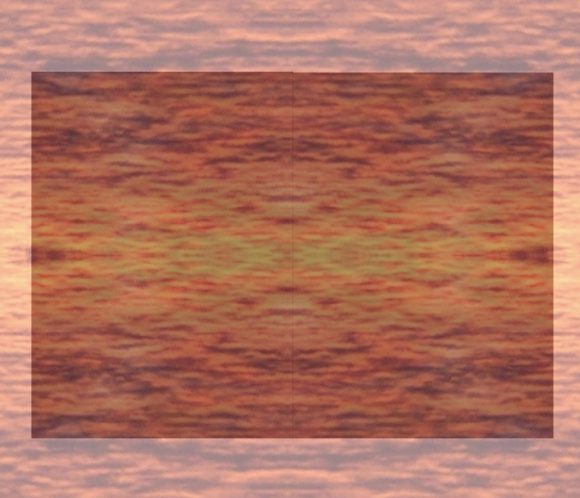When I left off this line of thought in my previous post, I concluded that ghosts are a different sort of thing than persons. They are better seen as psychological patterns, appearing in a narrative around a personification.

3. Now all this talk about psychological “patterns” may sound a little vague. Patterns are forms or dynamics that occur repeatedly (and recognizably so). But whether we see a regularity can be a matter of interpretation, and thus will be partly subjective. Recognizing psychological patterns may even be doubly so, for we often rely on material from personal reflection and introspection here.
In some fields this would pose a severe hindrance. In particular, any objective empirical inquiry would require us to eliminate such subjectivity on methodological grounds. Thus an empirical psychology would not admit “patterns” in the sense in which I’m using the notion, and correctly so. Consequently, then, the notion of a ghost I’m developing here cannot be an empirical term either: whether something counts as a ghost or not will always be a matter of subjective interpretation.
There are some fields, however, where this is a feature, not a bug. Psychotherapy is one of them: for therapy to be effective, there needs to be a personal meaning to what the patient figures out about themselves; otherwise (if they only reach an intellectual understanding in objective terms) it is impossible to work through the issues in their particular configuration, which is of course particular to this individual person. Philosophy (if seen as a way to figure out the best way of living one’s life) falls in the same category, as does mysticism. In these latter fields, the role of notions (such as “patterns” or, as I shall argue, “ghosts”) is not to reliably designate an empirical phenomenon, but to support the development of narratives for self-interpretation and personal, subjective reflection. Given that purpose, they would become useless if we tried to rid them of their subjective component.
Yet all this does not excuse us from the task of clarifying those notions, delimiting them from each other, reflecting on better or worse uses of them, and so on. (That task is traditionally called conceptual analysis, and of course both Jung and Hillman have contributed to it in some of their works, even while explicitly denouncing it in some others.) And since I want to center this theory of ghosts around the notion of a psychological pattern, we need to get clear about that notion especially.




[…] here.] dark side death film ghosts persona […]